They may be beautiful but they’re also a terrible liability.
Diamond-cut alloys. What a pain.
A luxury feature that was once mostly reserved for high-end luxury cars is now a common sight amongst modern cars of all types. Small superminis, affordable SUVs, vans, family cars and so on, all can now be spotted sporting diamond-cut wheels.
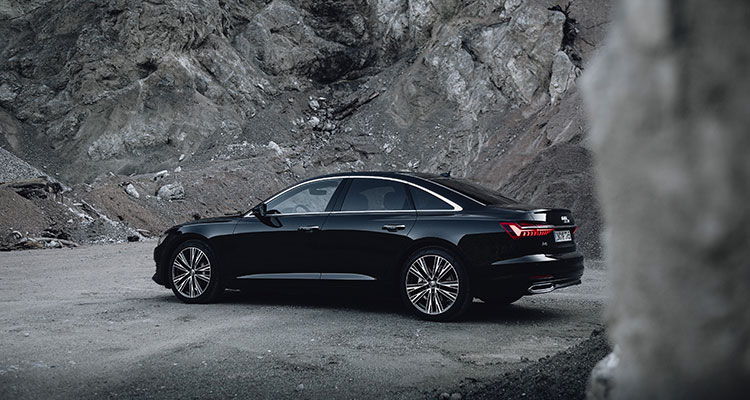
So, what are they and why are they such a pain? You may have heard the term ‘diamond-cut wheels’ before and thought they sounded extremely extravagant and although they are more expensive than what can be called ‘normal’ alloys, they certainly aren’t exclusive to M3s or Rolls Royces.
The name ‘diamond-cut’ refers to the way the wheels are given their shiny, bare-metal appearance. Essentially, they’re like ordinary painted alloy wheels with the face machined off to expose the metal. This bare-metal surface is then coated in a protective layer of lacquer to defend against rust. The wheels’ faces are usually cut with a diamond cutting lathe tool guided by a computer programme that uses wheel profiles to cut the correct shape/depth for your wheels.
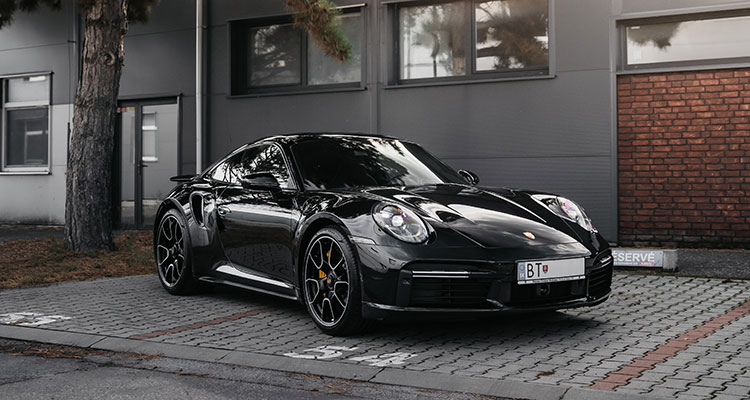
The result looks stunning. A shiny metal face with paint lining the inside of the wheel looks spectacular and forms part of the iconic look of many cars including BMW M Competition cars, the VW Golf R, Porsche 918 Spyder, Lamborghini Huracan and so on.
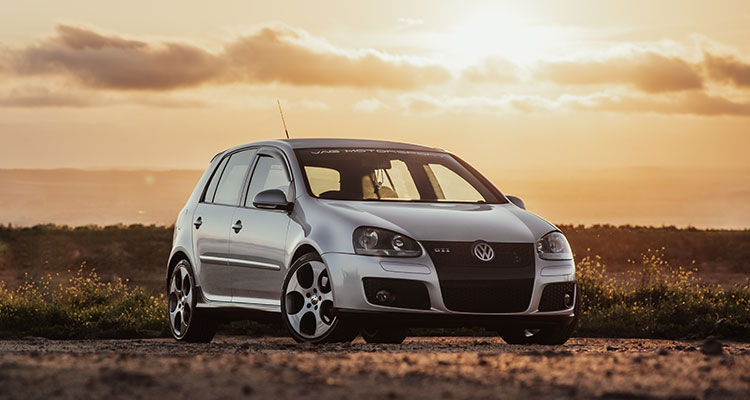
Now, however stunning the end result may be, it doesn’t change the fact that they’re an absolute pain to live with. All it takes is a clumsy mechanic, a flying stone gone awry or the kiss of a kerb to penetrate the thin layer of lacquer. Once that has happened, the lacquer is compromised and moisture will begin to seep in, making its way to that beautiful bare-metal wheel and go to town on it.
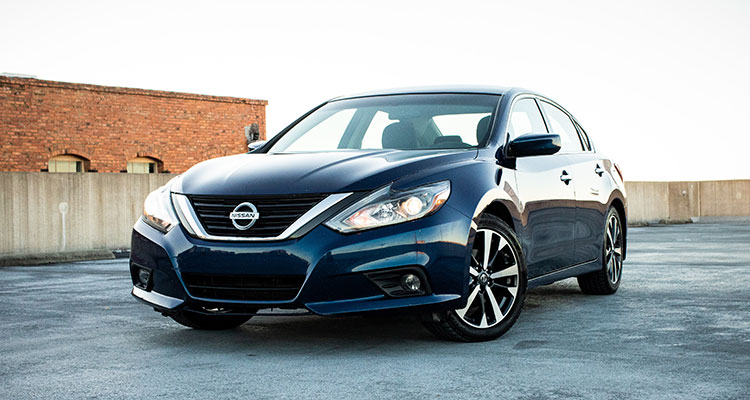
This usually happens in just a few years of ownership but could happen the moment it leaves the factory. Once that layer of lacquer is compromised, even by the smallest of stone chips, moisture will gradually get under the paint and begin the slow corrosion process, leaving your diamond-cut wheels looking ‘milky’ and kerbed. They may look like kerbed wheels yet they’re still smooth to the touch, evident that the natural chemical reaction between water and air (oxidation) has taken place.
Diamond-cut wheels are beautiful, yet flawed. Like a supercar, they’re not intended for the abuse of daily use. Those that are driving BMW M4s can surely afford the £100 per wheel cost of diamond-cut refurbishment but those driving Ford Fiestas and Toyota Aygos will surely not want to pay £400 just to make their wheels look nice once more.
Our advice: if you’re buying a car with some gorgeous diamond-cut alloy wheels, be aware of just how delicate they can be and the cost to refurbish them!
Let us know your thoughts on diamond-cut wheels, in the comments!
If you enjoyed this, you may also like: ‘Can Porsche’s Synthetic Fuel Save Combustion Cars?’
For more articles like this, receive our weekly e-newsletter, including partner deals and all things motoring, register your email below.
Please note: You cannot subscribe to Smart-Motoring unless you put a tick in the checkbox below to indicate have read and agreed to our privacy policy.



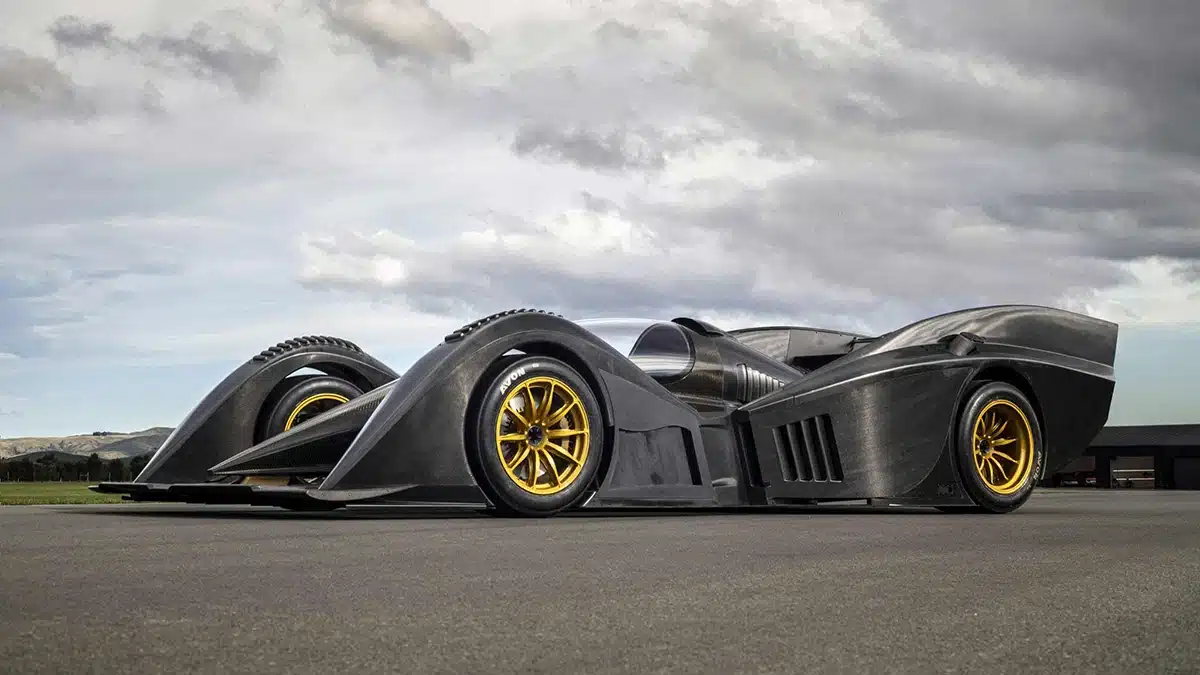
Leave a Reply
You must be logged in to post a comment.